Ultimately, understanding **Shaft Spin vs Fixed Shaft Performance** boils down to personal preference and throwing style; neither is inherently superior, but one might significantly enhance *your* game. This article explores the nuances of both shaft types, helping you determine which best suits your individual needs and maximizes your dart-throwing potential.
⚠️ Still Using Pen & Paper (or a Chalkboard)?! ⚠️
Step into the future! The Dart Counter App handles all the scoring, suggests checkouts, and tracks your stats automatically. It's easier than you think!
Try the Smart Dart Counter App FREE!Ready for an upgrade? Click above!
Understanding Shaft Spin vs Fixed Shaft Performance
When it comes to dart shafts, the debate of **Shaft Spin vs Fixed Shaft Performance** is one that frequently arises among players of all skill levels. Both types have their advantages and disadvantages, and understanding the differences is crucial for optimizing your dart setup. A spinning shaft allows the flight to rotate freely upon impact, potentially reducing deflections and increasing scoring consistency. A fixed shaft, on the other hand, provides a more stable and rigid setup, which some players prefer for its perceived control and accuracy.
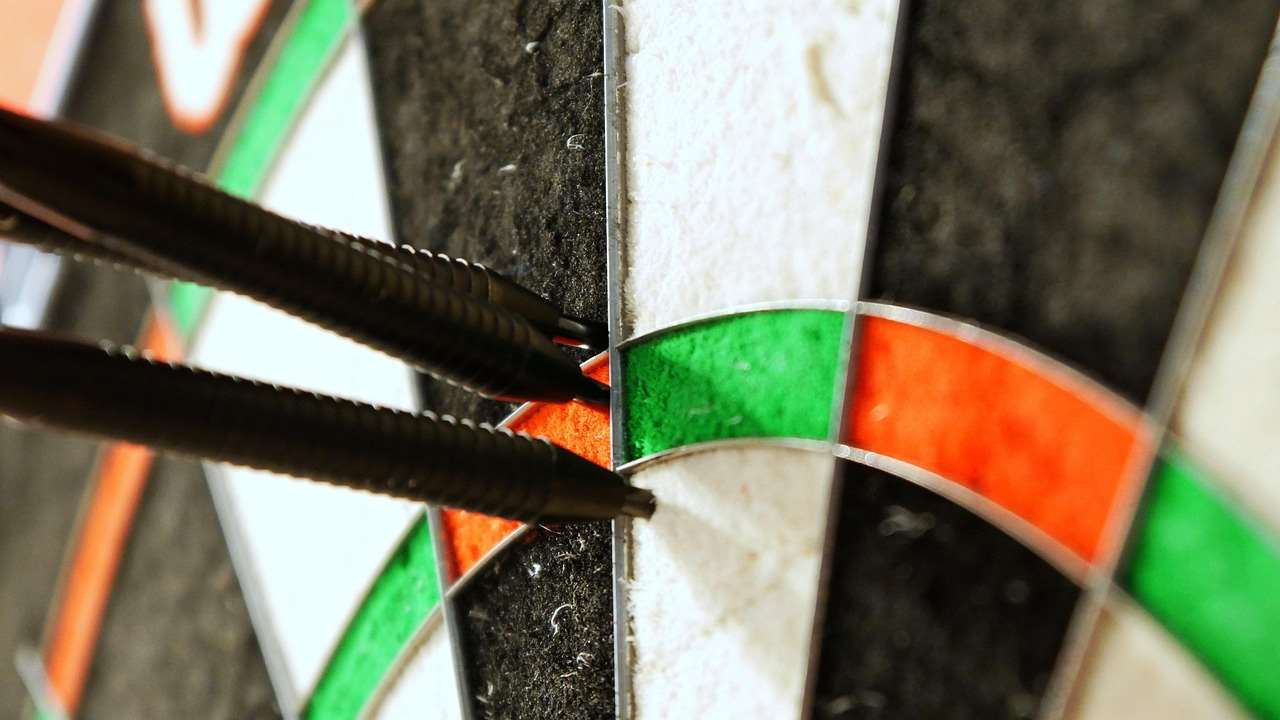
The Mechanics of Shaft Spin
Spinning shafts function by incorporating a bearing or swivel mechanism at the point where the flight is attached. This allows the flight to rotate independently of the shaft, even after the dart has hit the board. The theory behind this design is that if the flight encounters resistance from another dart already in the board, the spinning action will allow it to deflect less, potentially resulting in a higher scoring dart. They can improve your overall dart accuracy, but it depends on many factors.
The Stability of Fixed Shafts
Fixed shafts, as the name suggests, provide a solid and unyielding connection between the flight and the barrel. This rigid structure appeals to players who value consistency and a direct feel. The perceived advantage is that the dart travels through the air in a more predictable manner, leading to improved control and targeting accuracy. Many pros prefer this style, allowing them to improve their dart scoring consistency.
Evaluating the Benefits of Spinning Shafts
Spinning shafts offer several potential benefits, primarily related to reduced deflections and improved grouping. Let’s delve into these advantages in more detail:
- Reduced Deflections: The primary advantage is their ability to mitigate deflections when darts collide on the board. The spinning action allows the flight to move around the obstacle rather than bouncing out.
- Tighter Groupings: By minimizing deflections, spinning shafts can contribute to tighter groupings on the board, allowing for higher scores and more consistent performance.
- Reduced Wear and Tear on Flights: In theory, the spinning action can also reduce wear and tear on flights, as they are less likely to be bent or damaged upon impact.
- Improved Dartboard Longevity: Another potential benefit, particularly when used with appropriate dartboard lighting, is reduced stress on the dartboard itself, leading to longer lifespan.
Analyzing the Advantages of Fixed Shafts
Fixed shafts, while lacking the spinning mechanism, offer their own unique set of advantages, mainly centered around stability and control:
- Enhanced Stability: The rigid connection between the flight and the barrel provides a more stable platform for the dart in flight, potentially improving accuracy.
- Greater Control: Many players prefer the direct feel of fixed shafts, as they feel more connected to the dart and have better control over its trajectory.
- Simplicity and Durability: Fixed shafts are generally simpler in design and more durable than spinning shafts, as they have fewer moving parts that can break or wear out.
- Consistent Feel: The consistent feel of fixed shafts can be particularly beneficial for players who rely on muscle memory and a repeatable throwing motion. Ensuring you’re using the Choose Best Dart Equipment can certainly help.
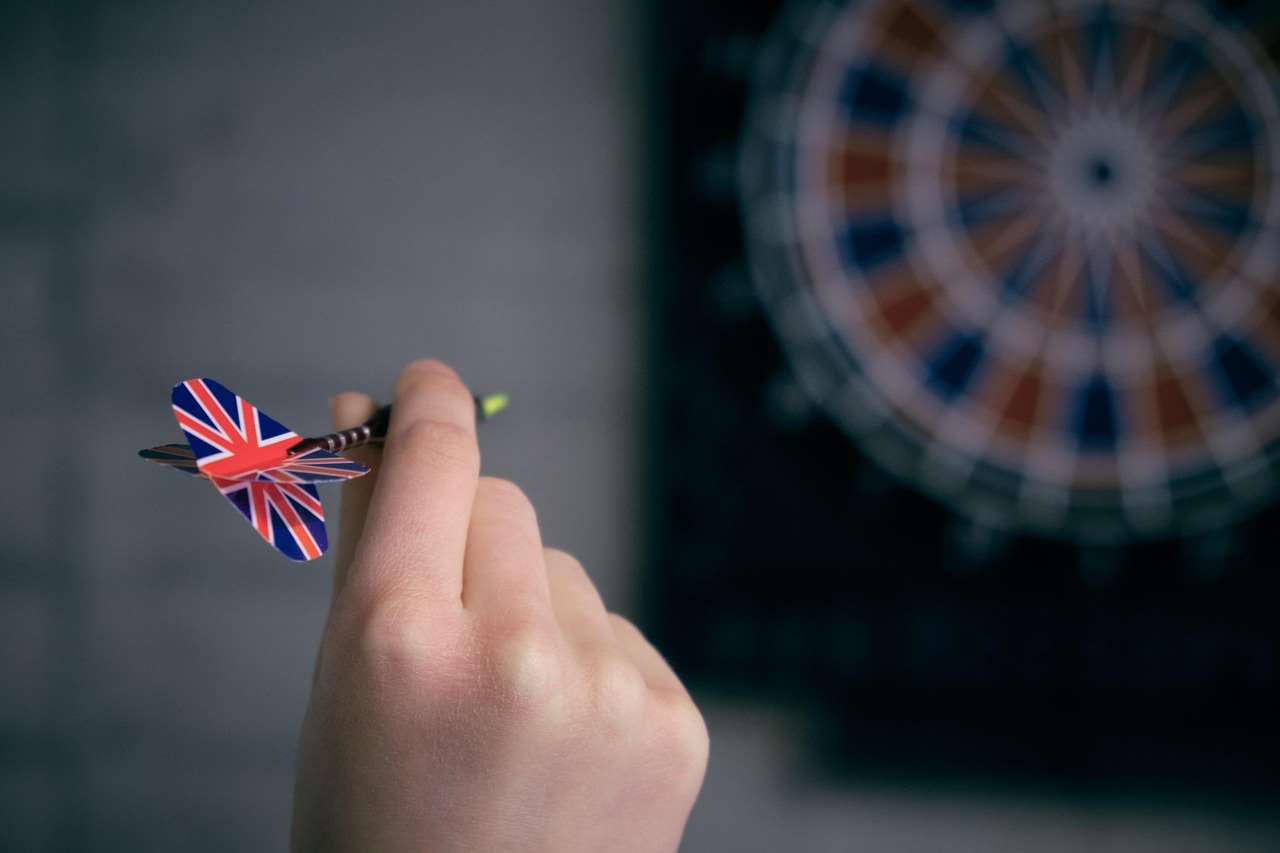
Factors to Consider When Choosing Between Shaft Spin vs Fixed Shaft Performance
The best choice between **Shaft Spin vs Fixed Shaft Performance** ultimately depends on several factors, including your throwing style, grip, and personal preferences. Here are some key considerations:
- Throwing Style: Players with a loopy or arcing throw might benefit more from spinning shafts, as they are more prone to deflections. Players with a straighter, more direct throw might prefer the stability of fixed shafts.
- Grip: The way you grip the dart can also influence your choice of shaft. Players who grip the dart tightly might prefer fixed shafts for their added stability, while those with a looser grip might find spinning shafts more forgiving.
- Personal Preference: Ultimately, the best way to determine which type of shaft is right for you is to experiment with both and see which one feels more comfortable and improves your performance.
- Flight Shape: Some flight shapes work better with spinning shafts than others. Smaller, more compact flights tend to spin more effectively.
Experimentation is Key
The most important advice is to experiment. Try different lengths, materials, and styles of both spinning and fixed shafts to find what works best for *you*. Don’t be afraid to deviate from what’s popular or what others recommend. Finding the right setup is a personal journey.
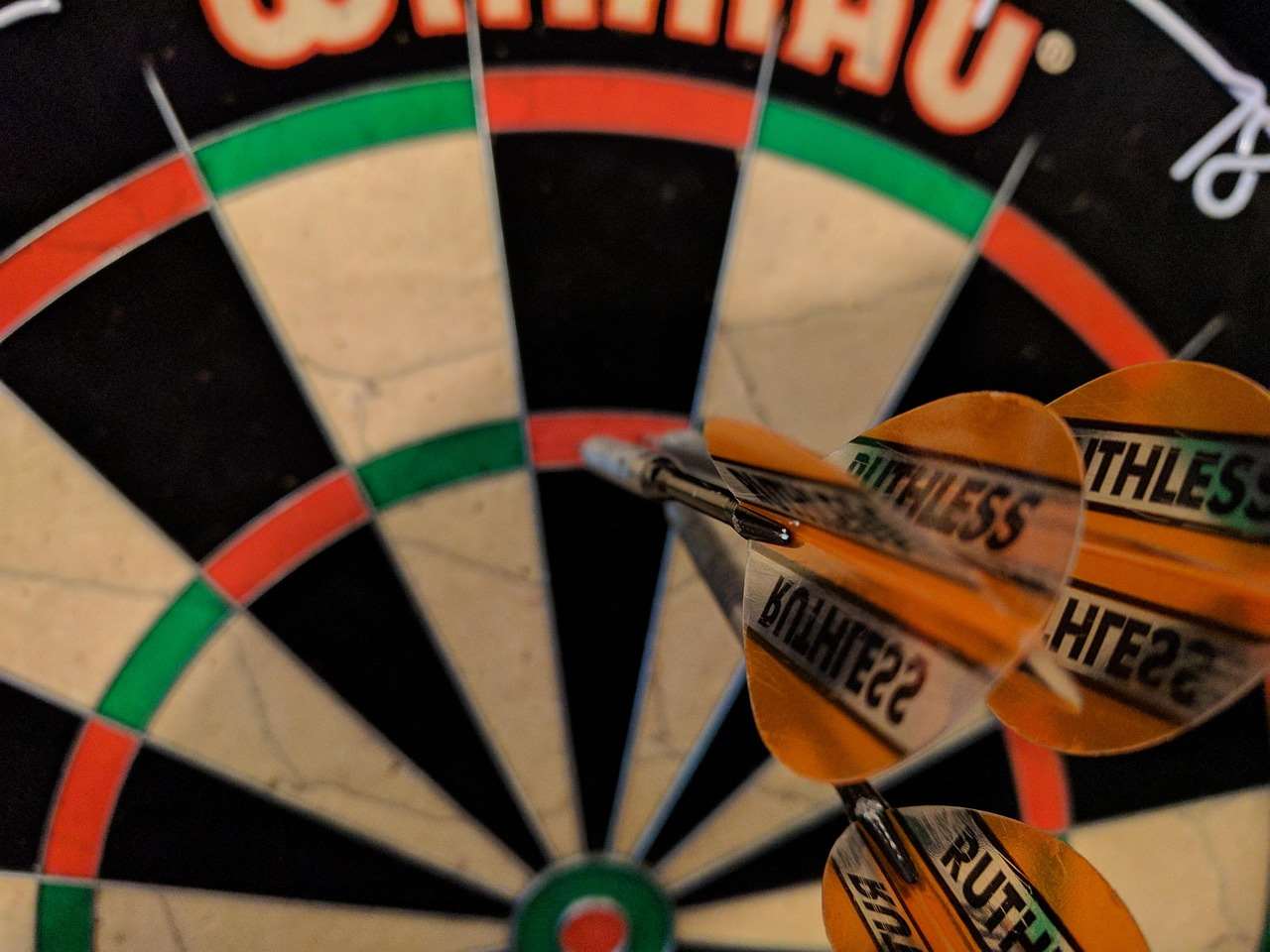
Related Considerations: Flight Types and Materials
Your choice of shaft also interacts with the type of flights you use and the materials of both the shaft and flights. Here’s a brief overview:
- Flight Types: Different flight shapes and sizes can affect the stability and aerodynamics of your dart. Standard flights offer more surface area for lift and stability, while smaller flights are more aerodynamic and may reduce drag.
- Shaft Materials: Shafts are typically made from materials like nylon, aluminum, or carbon fiber. Nylon shafts are lightweight and flexible, while aluminum and carbon fiber shafts are more durable and rigid.
- Flight Materials: Flights are typically made from materials like polyester, plastic, or laminate. Polyester flights are durable and offer good stability, while plastic flights are more affordable but less durable. Laminate flights are a good compromise between durability and performance.
Fine-Tuning Your Dart Setup
Once you’ve chosen between **Shaft Spin vs Fixed Shaft Performance**, you can further fine-tune your dart setup by experimenting with different shaft lengths, flight shapes, and weight distributions. Small adjustments can make a big difference in your overall performance. It’s also important to consider the kind of Best Dartboard Lighting Systems you’re using. Improper lighting can severely hinder your ability to play well.
Shaft Length and Dart Trajectory
The length of your dart shaft can significantly impact the trajectory of your dart. Shorter shafts tend to make the dart fly straighter and faster, while longer shafts can provide more stability and a higher arc. Experiment with different shaft lengths to find the sweet spot that works best for your throwing style. Some players even like to use different lengths to change their dart trajectory.
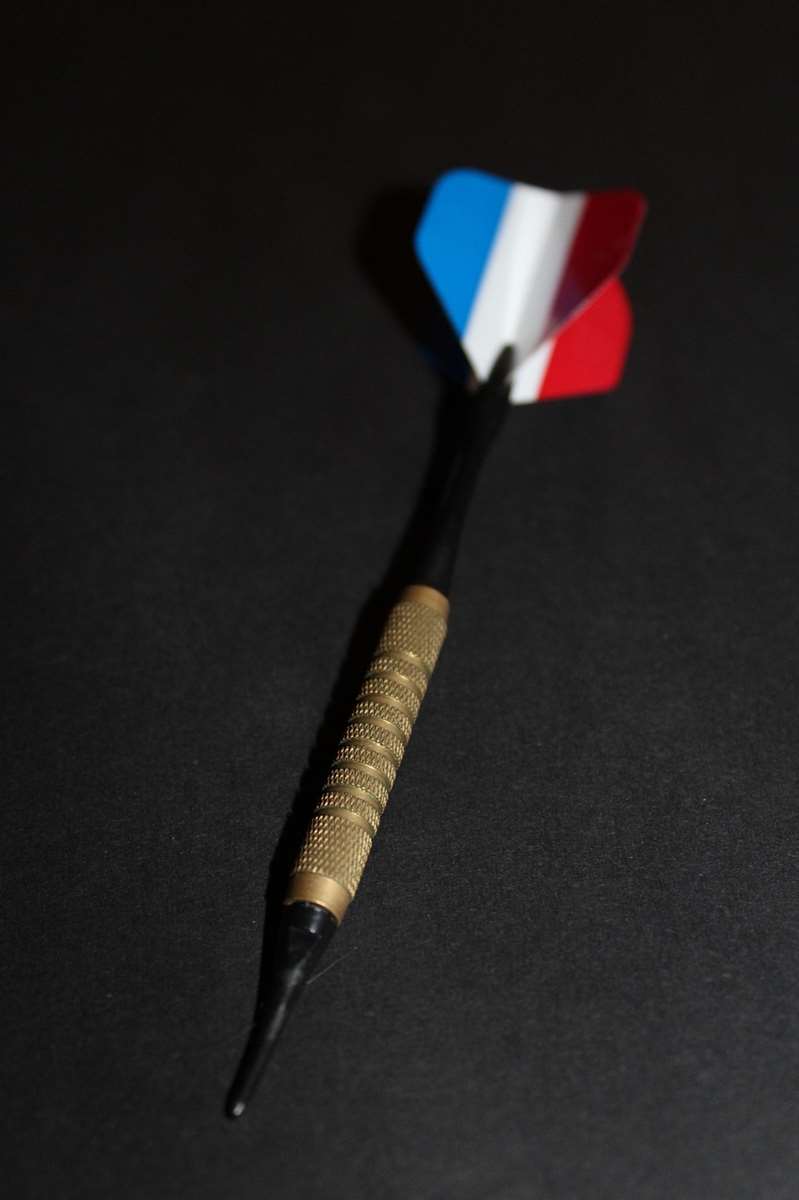
Common Myths About Shaft Spin vs Fixed Shaft Performance
There are several common misconceptions surrounding **Shaft Spin vs Fixed Shaft Performance**. Let’s debunk some of the most prevalent myths:
- Myth: Spinning shafts are always better for beginners. While they can be more forgiving, beginners may benefit more from the stability and control of fixed shafts while developing their throwing technique.
- Myth: Fixed shafts are only for advanced players. Fixed shafts are suitable for players of all skill levels who value consistency and a direct feel.
- Myth: Spinning shafts eliminate deflections entirely. Spinning shafts can reduce deflections, but they won’t completely eliminate them. Other factors, such as dart weight and flight shape, also play a role.
- Myth: Fixed shafts are always more durable. While fixed shafts are generally simpler in design, the durability of both types depends on the quality of the materials and construction.
Addressing the Realities
It’s crucial to approach the **Shaft Spin vs Fixed Shaft Performance** debate with an open mind and a willingness to experiment. There’s no one-size-fits-all answer, and what works for one player may not work for another. The key is to find the setup that feels most comfortable and allows you to perform your best. This is where How To Light Your Dartboard will influence performance.
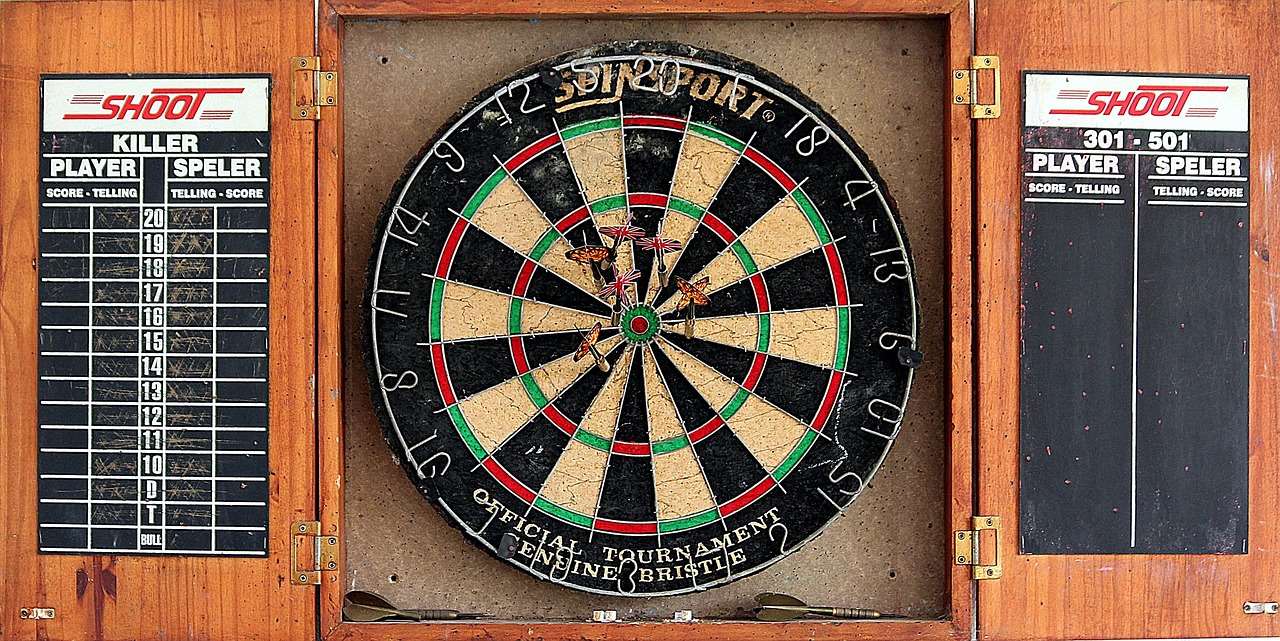
Conclusion: Finding Your Optimal Shaft Choice
In conclusion, the choice between **Shaft Spin vs Fixed Shaft Performance** is a matter of personal preference and playing style. Spinning shafts can help to reduce deflections and improve grouping, while fixed shafts offer enhanced stability and control. By considering your throwing style, grip, and flight preferences, and by experimenting with different options, you can find the optimal shaft choice that maximizes your dart-throwing potential. Don’t be afraid to try new things and refine your setup over time. Find your groove, stick to it, and enjoy the game! Now, take what you’ve learned and put it into action – go test out some shafts!
Hi, I’m Dieter, and I created Dartcounter (Dartcounterapp.com). My motivation wasn’t being a darts expert – quite the opposite! When I first started playing, I loved the game but found keeping accurate scores and tracking stats difficult and distracting.
I figured I couldn’t be the only one struggling with this. So, I decided to build a solution: an easy-to-use application that everyone, no matter their experience level, could use to manage scoring effortlessly.
My goal for Dartcounter was simple: let the app handle the numbers – the scoring, the averages, the stats, even checkout suggestions – so players could focus purely on their throw and enjoying the game. It began as a way to solve my own beginner’s problem, and I’m thrilled it has grown into a helpful tool for the wider darts community.